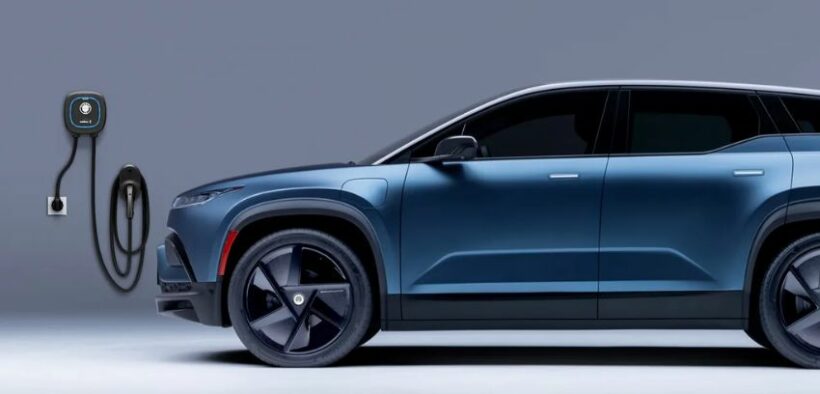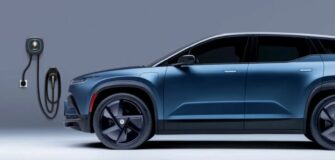Navigating the Electric Vehicle Landscape: A Bumpy Ride for Carmakers

In the ever-evolving world of automobiles, the recent 50 percent increase in electric vehicle (EV) sales in the United States during the third quarter may seem impressive. However, the subdued celebration among automakers and analysts reveals a growing concern – is the demand for electric vehicles slowing down? This shift is prompting industry giants like General Motors, Ford Motor, and Tesla to reconsider their massive investments in developing new EV models and manufacturing facilities.
The Bumpy Road Ahead:
Despite the Biden administration’s ambitious plan to combat climate change through zero-emission vehicles, recent announcements from major automakers indicate a delay in their electric vehicle spending. General Motors, for instance, is postponing the release of new electric models, including the battery-powered Chevrolet Equinox, citing a “bit bumpy” market.
The Global Impact:
The ripple effect extends beyond the United States, with China and Europe also experiencing a slowdown in electric vehicle sales. While the EV market is growing faster than other automobile categories, there are indications of a shift in consumer preferences, raising questions about the effectiveness of federal tax credits aimed at promoting electric cars.
The Changing Dynamics:
Ford and General Motors have invested billions in retooling and constructing factories for electric vehicles, batteries, and related components. However, the recent slowdown in sales has put their calculations to the test. Even Tesla, the electric vehicle market leader, has faced challenges, resorting to price cuts to stimulate demand.
Market Dynamics:
The introduction of 14 new all-electric models in the past year has intensified competition in the electric vehicle market. While overall demand is increasing, it’s not keeping pace with the surge in supply and production. Ford’s CEO, Jim Farley, acknowledges that while EVs are still in high demand, increased competition has led to a decline in prices.
Challenges and Opportunities:
The uneven growth in the electric vehicle market is expected as EVs transition from niche to mass-market products. Early adopters have paved the way for mainstream consumers, but educating the public about the technology remains a challenge. Analysts point out that consumers are now shifting from high-end electric vehicles to more affordable options, creating a dynamic market landscape.
Mixed Signals and Consumer Choices:
Sales figures tell a tale of mixed signals. While the Ford Mustang Mach-E experienced a 10 percent slump in October, the F-150 Lightning, a battery-powered pickup, saw a 43 percent surge in sales. The competition between models, such as the Mach-E and the Tesla Model Y, indicates that consumers are actively comparing and choosing based on price and features.
As the electric vehicle industry navigates through this period of change, it’s clear that the road to widespread adoption is not without its challenges. The market is evolving, and the dynamics are shifting as electric vehicles become more mainstream. While some models face headwinds, others are accelerating ahead. The future remains electric, but the journey may be bumpier than anticipated.









